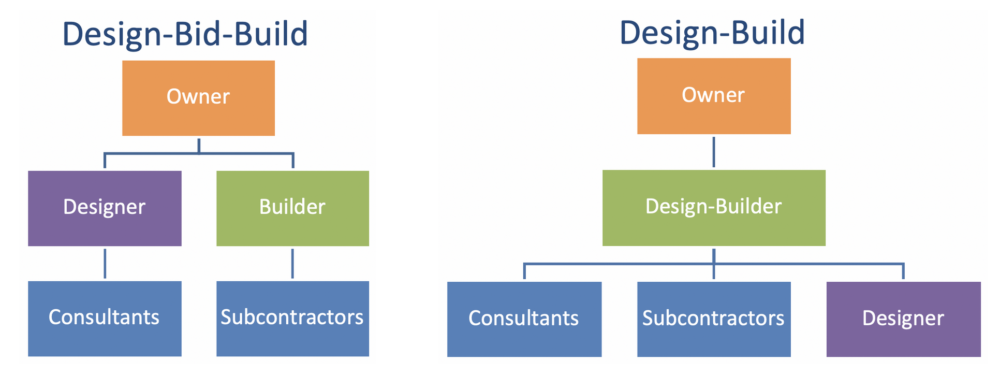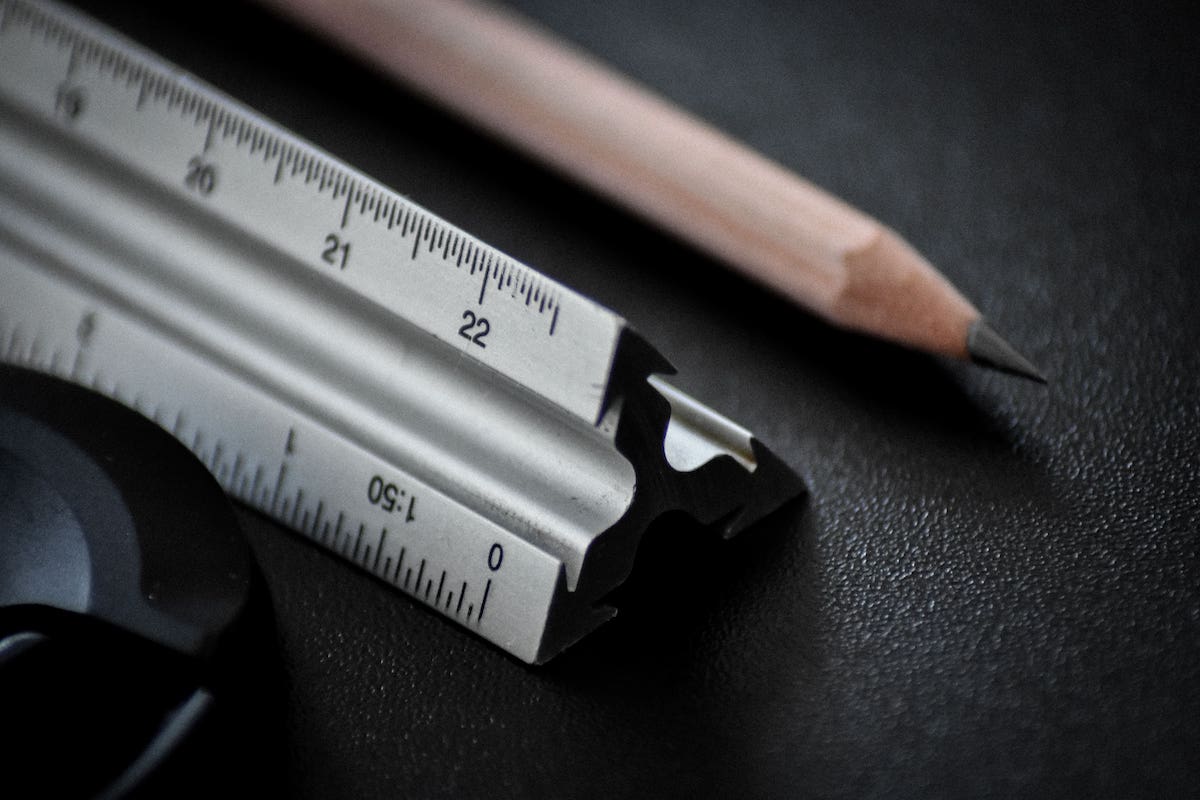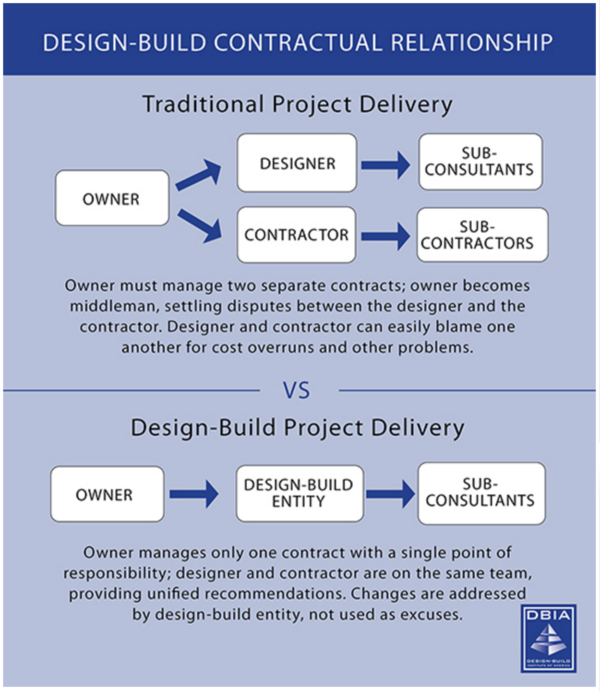Table Of Content

One of the primary issues with a design-bid-build project is the lack of collaboration between contractors and designers. Since an owner doesn't hire a contractor until after the design is complete, the contractor doesn't get to weigh in until after the contractor has signed on to the job. In both Design Bid Build and Design Build projects, project owners, general contractors, designers, engineers, and service providers can get a lot of value by using utility mapping as part of their utility strategy. A 2006 study by the US Federal Highway Administration found that, in some cases, design build contracts can generate significant cost (an average of 3%) and time (an average 14% shorter duration) savings.
The Impact of Design-Bid-Build on the Construction Industry
Early Contractor Involvement: Rethinking and Recalibrating Delivery Methods for Subsurface Projects - Tunneling Business Magazine
Early Contractor Involvement: Rethinking and Recalibrating Delivery Methods for Subsurface Projects.
Posted: Thu, 26 Oct 2023 07:00:00 GMT [source]
It can further lengthen if issues come up and the project owner works to sort them out between the designer and the contractor. “A qualified construction manager can represent the owner’s interest and manage this delivery method with equal effectiveness,” Rutledge said. The person in need of a building, also known as a project owner, hires one person or company to both design and construct the building.
Let’s Define Construction’s Two Main Building Techniques
An early and vital decision that has to be made for any capital project is the owner’s selection of a project delivery system that will be utilized to execute the project. This decision ultimately influences the language of the contract, the timing of its signing, and the overall framework for work execution. Factors such as project complexity, schedule constraints, budget considerations, and your desired level of involvement in the design process should be evaluated. Consulting with a professional to understand the implications of each method for your specific project can also be beneficial.
Cost certainty for the owner

However, once the ball gets rolling, the project owner will be consulted on more of an as-needed basis, with the design-builder making more decisions. Many design-build companies have stock designs that they use and then tweak to fit the project owner’s requests. While this is not true of all design-builders, the likelihood of not getting a personalized design is much higher when considering integrated project delivery. With no bidding process, the project owner does not have the ability to select their own price. Plus, most design-builders will not begin any detailed design of a building until they have been officially hired, making it hard to price shop for a design-builder.
Deciphering Construction Drawing Symbols
Design-build is a project delivery method that has been around for hundreds of years, but was often referred to as integrated project delivery. First is the ease of finding vetted contractors without expending internal resources. Further, competitive pricing ensure owners pay a fair price for services, enabling them to maximize their available budget.

You will get the most competitive pricing since contractors are competing to win the job. The downside to role separation is the lack of contractor influence over designs. The contractor must submit change orders to alter plans if designs include inefficiencies or impossibilities.
Are Design-Building 'Problems' Really Overall Inherited Construction Industry Woes? - Engineering News-Record
Are Design-Building 'Problems' Really Overall Inherited Construction Industry Woes?.
Posted: Thu, 15 Jun 2023 07:00:00 GMT [source]
Selecting the Optimal Delivery Method
Below are some of the factors that make this project delivery structure a favorable choice. With the designer and contractor not working in tandem, the potential for complications is greater. From not being able to successfully execute a design aspect to missing pieces of information, these potential road bumps can cause the price to increase as they are fixed on-the-fly. Since there is no overlap where designing and construction are happening at the same time, it is much easier to see where the project is going at every step. VOR construction contracts are typically established on a project-by-project basis. Cost estimates are competitively priced, as vendors must compete during the pre-qualification period before being added to the list of approved providers.
While a compressed schedule can benefit both owner and design-builder, it does throw a lot of balls in the air for the design-build team. The builders must manage construction while simultaneously consulting on further design. Further, a shortened schedule can impact the risk level for the design-builder, as many unknown factors are in place when the construction begins.
For a project with a standard design, or when speed is critical, design-build can expedite the construction process. If your project requires a specialized or unique design, design-bid-build would be the better option for the design process. Since you’ll work directly with the design firm, you’ll have more say in how they should create the plans. If the owner were to bid out the construction work, they could find a contractor at lower price. A project manager on the design-build team who can convey all the information to you will save you a headache. Construction contracts are usually lengthy and complicated, composed of a wide range of documents In a perfect world, the contract provides the clarity and direction all stakeholders need to move...
When the owner awards the project to the contractor, the two parties draw up an agreement and the construction process begins. During preconstruction, the owner will scope suitable sites and develop a rough design and budget. The owner puts out a Request for Proposal (RFP) to solicit proposals from design-build teams.
These tables demonstrate how, in design bid build project, the project owner can be ultimately responsible for most of the utility management. For a project owner, it’s crucial to begin addressing these issues already from the beginning of the conceptual and pre-design stages. Design builders and their teams need to be careful that the time pressure of Design-Build doesn’t lead them to skip over setting a coherent utility strategy. If anything, having a clear plan for addressing utilities conflicts from the very first phases of a Design-build project is especially important. The conceptual phase involves taking a project need and advancing it to a general scope of work in support of a request for funding authorization. The conceptual phase ends with authorization of funding to advance the project’s design.
Design Build is a unified, integrated approach where a single entity, the design-build team, works under one contract with the project owner to provide design and construction services. Contracts for commercial construction projects usually cover a complete scope of work, but large institutions often have ongoing needs for smaller projects. With the design and construction performed by one group, the risk of issues is reduced. The construction team has input throughout the design process and the design team is readily available to address any building issues that come up during construction. Building a catalog of Pre-Priced Tasks for constructing an entire building would be burdensome, and the length of the project would negate the timesaving benefits of completing smaller projects in quick succession.
While both design-bid-build and design-build rely on input from the project owner, traditional project delivery gives you much more command throughout the process. Aside from getting to choose your own designer and contractor, you have the freedom to make personnel changes mid-project without having to start from the beginning again. Each of these project delivery methods has its own merits and potential shortcomings. So being aware of their differences and respective advantages will help you better plan your next project.
One reason for the popularity of design-build versus design-bid-build is that the design-build delivery method is well-suited for complex projects and fast-track construction. By collaborating early, construction teams are able to voice concerns and suggestions early in the design phase when redesigns involve no physical rework—eliminating the need for expensive rework or schedule delays. When you’re examining design build VS design bid build, it’s important to consider factors like project scope, timeline, budget, and the personal preferences.
Not having a contractor involved in the design phase eliminates the opportunity to get their advice and input on constructability issues at a time when the design the can be affected most. Also, cost and scheduling estimates provided by the design team may not be based on true current market conditions, even as good contractors have hard data about these conditions on-hand. By the time alternative materials or methods are chosen, it may be too late to implement or make changes to realize any meaningful cost savings. Likewise, without the knowledge gained throughout the design phase, construction teams won’t know the project as well and may be blindsided by problems on the jobsite, causing further delays and cost increases.


No comments:
Post a Comment